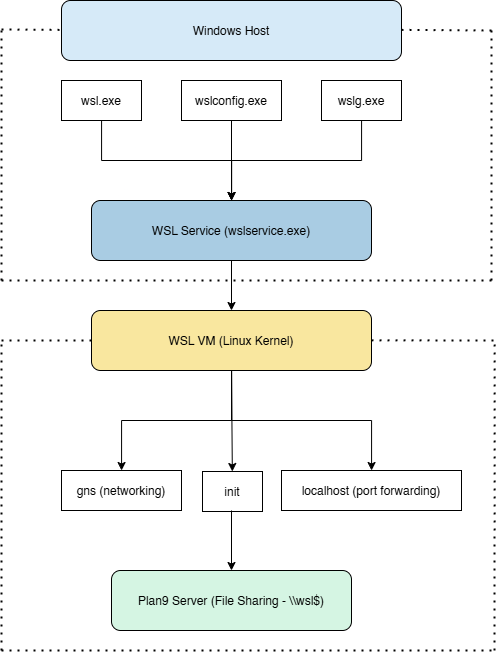Business execs just said the quiet part out loud on RTO mandates: A quarter admit forcing staff back into the office was meant to make them quit — but this ‘quiet firing’ practice could easily backfire

Companies give a lot of reasons for employees to come back to the office — innovation, communication, productivity — but as many as a quarter are also quietly hoping that staff quit.
That’s according to research from BambooHR, which surveyed companies on the return to office (RTO) trend, finding that 18% of HR professionals and 25% of VP and c-suite executives hoped for some level of voluntary turnover because of a tougher RTO mandate.
Indeed, 37% of managers, directors and executives believe that layoffs that followed RTO policies happened because fewer people quit than expected.
And they’re likely to get their wish, at least in part. More than one-quarter (28)% of employees said they would consider quitting if RTO policies were enacted at their workplace.
“By using RTO mandates as a workforce reduction tactic, companies are losing talent and morale among their employees,” the report said. “Nearly half (45%) of the employees who have experienced RTO report significant talent loss within their organizations — talent that was highly valued and wished to be retained.”
RTO mandates demotivate staff
Beyond losing staff, companies face other challenges if staff are unhappy about RTO mandates. “This level of dissatisfaction could lead to a further drain of talent, affecting not just morale but also the stability and innovation potential of the workforce,” the report found.
Lauren Neal, the founder of Valued at Work, said she’s seen RTO mandates being used for layoffs.
“I have seen an organization mandate RTO to a different office — changing from central London to over an hour’s commute away,” she said. “The office did not have the space to accommodate all employees, and the thinking was that some would quit.”
“I personally feel this dishonest approach does the organization no favors — especially when other personnel can see what’s happening. A lack of trust leads to disengagement and even higher rates of attrition due to a toxic workplace culture.”
No wonder then that companies such as Microsoft has made it clear a RTO mandate is not on the cards.
The reasons behind the return to the office push
Of course, companies don’t say that they’re hoping to cut headcount when they issue an RTO mandate — instead they talk about working practices and innovation.
When Amazon ordered staff back to the office five days a week, CEO Andy Jassy said the aim was to “invent, collaborate, and be connected enough to each other”.
But staff aren’t entirely buying those reasons. After the Amazon announcement, one employee suggested the aim was to encourage employees to quit, an idea called “quiet firing”.
Dell Technologies cited similar motivations with regard to workforce synergy when it demanded a return to the office for staff. This incident also prompted a significant backlash among employees.
Of course, quiet firing isn’t just about RTO mandates, noted Glenn Hayes, employment law partner at Hill Dickinson.
“This is the more subtle phenomenon of “nudging” employees slowly but surely out of the door, often indirectly and to avoid conflict, such as not giving pay rises, opportunities for advancement, or putting in place unpopular, but not unreasonable, demands designed to encourage resignation,” he says.
Companies should be wary of taking this route though, as this could create larger problems further down the line.
“While employers would need to be careful to avoid constructive dismissal claims in this regard, it may allow them to keep those they want while giving gentle encouragement to those they don’t want to eventually leave,” he says. “It’s a careful tightrope to walk.”
Legally dubious
Using an RTO mandate to slash headcount has a significant risk of backfiring, according to Fiona Morgan, a senior employment lawyer with Arbor Law.
“They risk negative workforce morale and even industrial disputes, with adverse consequences for productivity and reputation,” she told ITPro.
“And they risk employment tribunal claims from categories of employees who are adversely affected – such as indirect sex discrimination claims from working mothers who may struggle to meet the requirement to return to the office, and claims for failure to make reasonable adjustments and/or discrimination arising in consequence of disability from disabled staff — or staff who have caring responsibilities for disabled family members.”
Companies may well have a contractual right to require staff to return to the office, but they shouldn’t use it for quiet firing, Morgan added Morgan.
“UK employers who wish to slim down their workforce would be advised to follow a transparent, fair and compliant redundancy consultation process instead,” she said.
Source link










